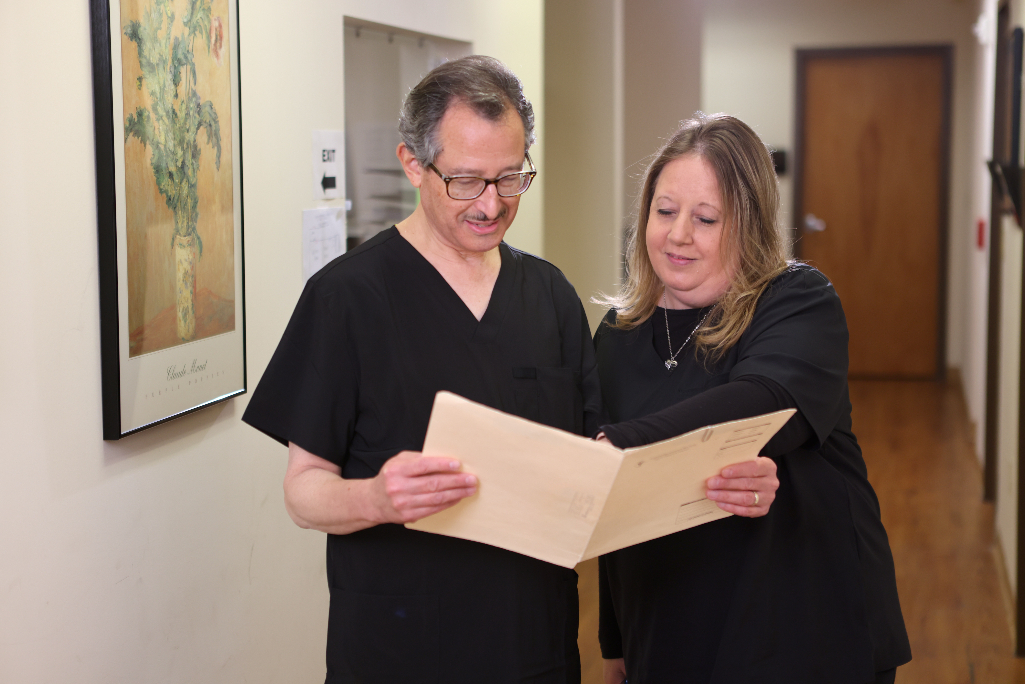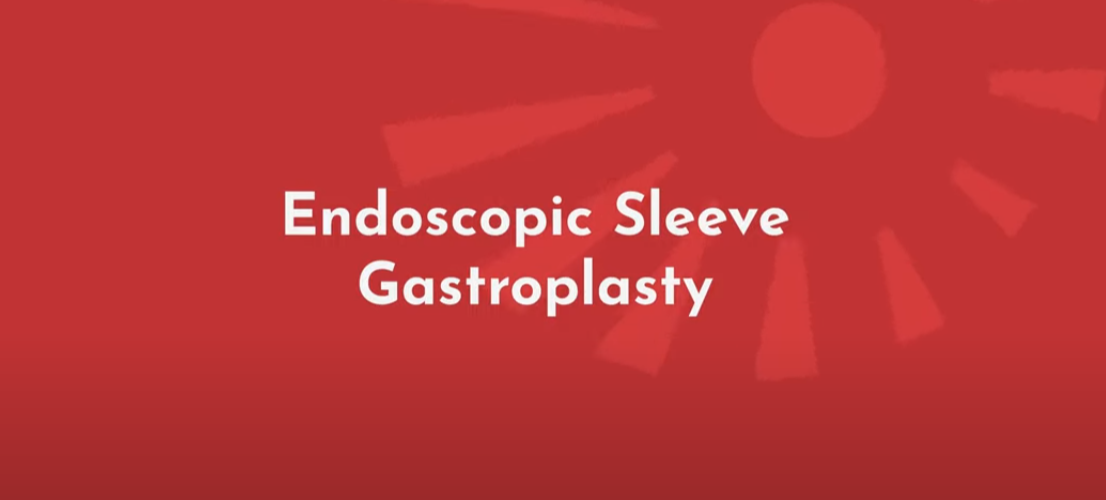What is Endoscopic Sleeve
Gastroplasty?
Endoscopic Sleeve Gastroplasty (ESG) is a minimally invasive outpatient weight loss procedure that offers a nonsurgical alternative for individuals looking to achieve significant weight reduction. ESG has a shorter recovery time compared to traditional weight loss surgeries, as it does not involve any incisions. It is a promising option for those seeking effective weight management with fewer associated risks and a quicker return to normal activities.
What is Endoscopic Sleeve
Gastroplasty?
Endoscopic Sleeve Gastroplasty (ESG) is a minimally invasive outpatient weight loss procedure that offers a nonsurgical alternative for individuals looking to achieve significant weight reduction. ESG has a shorter recovery time compared to traditional weight loss surgeries, as it does not involve any incisions. It is a promising option for those seeking effective weight management with fewer associated risks and a quicker return to normal activities.

How does Endoscopic Sleeve
Gastroplasty work?
During the procedure, a flexible tube with a camera and suturing device is passed through the mouth and into the stomach, allowing the physician to reduce the stomach size by suturing it from the inside. This results in a sleeve-like shape, restricting the amount of food the stomach can hold.
How does Endoscopic Sleeve
Gastroplasty work?
During the procedure, a flexible tube with a camera and suturing device is passed through the mouth and into the stomach, allowing the physician to reduce the stomach size by suturing it from the inside. This results in a sleeve-like shape, restricting the amount of food the stomach can hold.

What are the benefits?
Is ESG a good fit for you?
- Body Mass Index: ESG is typically recommended for individuals with a BMI of 30 and above.
- Failed Attempts at Weight Loss: Candidates for ESG may need to demonstrate a history of unsuccessful attempts at losing weight through diet and exercise or other conventional methods.
- Commitment to Lifestyle Changes: Patients undergoing ESG should be willing to make long-term lifestyle changes, including dietary modifications and increased physical activity, to achieve and maintain weight loss.
Is ESG a good fit for you?

Body Mass Index: ESG is typically recommended for individuals with a BMI of 30 and above.

Failed Attempts at Weight Loss: Candidates for ESG may need to demonstrate a history of unsuccessful attempts at losing weight through diet and exercise or other conventional methods.

Commitment to Lifestyle Changes: Patients undergoing ESG should be willing to make long-term lifestyle changes, including dietary modifications and increased physical activity, to achieve and maintain weight loss.
Hear from our clients
Advantages Compared to Gastric Sleeve Surgery
ESG and gastric sleeve surgery both restrict the capacity of the stomach and lead to weight loss, however ESG is a nonsurgical procedure which preserves the stomach and has lower risk and recovery time. Patients with serious heart or lung problems, stroke, cirrhosis, drug or alcohol abuse, or who are on blood thinners would not be good candidates for this procedure.
Advantages Compared to Gastric Sleeve Surgery
ESG and gastric sleeve surgery both restrict the capacity of the stomach and lead to weight loss, however ESG is a nonsurgical procedure which preserves the stomach and has lower risk and recovery time. Patients with serious heart or lung problems, stroke, cirrhosis, drug or alcohol abuse, or who are on blood thinners would not be good candidates for this procedure.

Gastric Sleeve Surgery
- In a sleeve gastrectomy, a portion of the stomach is cut out and removed permanently.
Gastric Sleeve Surgery
- In a sleeve gastrectomy, a portion of the stomach is cut out and removed permanently.

Endoscopic Sleeve Gastroplasty
- Nonsurgical – faster recovery, fewer risks, less pain and no scar
- Less cost
Endoscopic Sleeve Gastroplasty
- Nonsurgical – faster recovery, fewer risks, less pain and no scar
- Less cost







